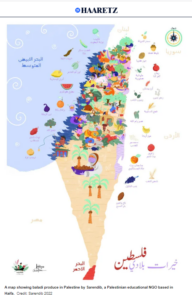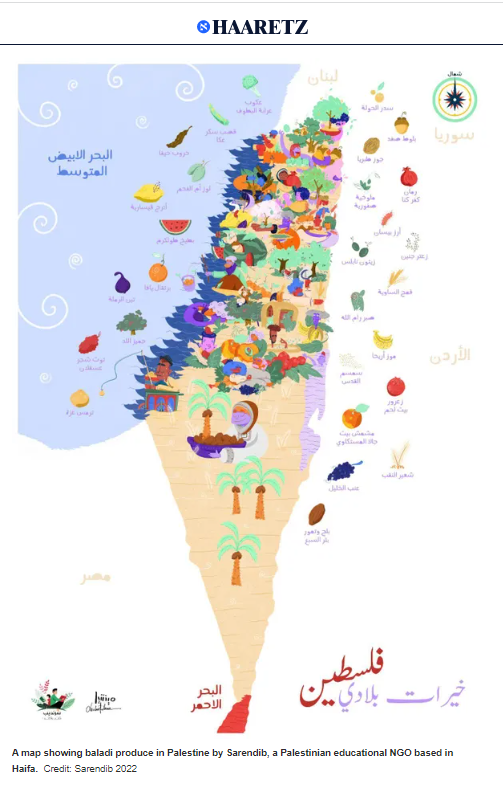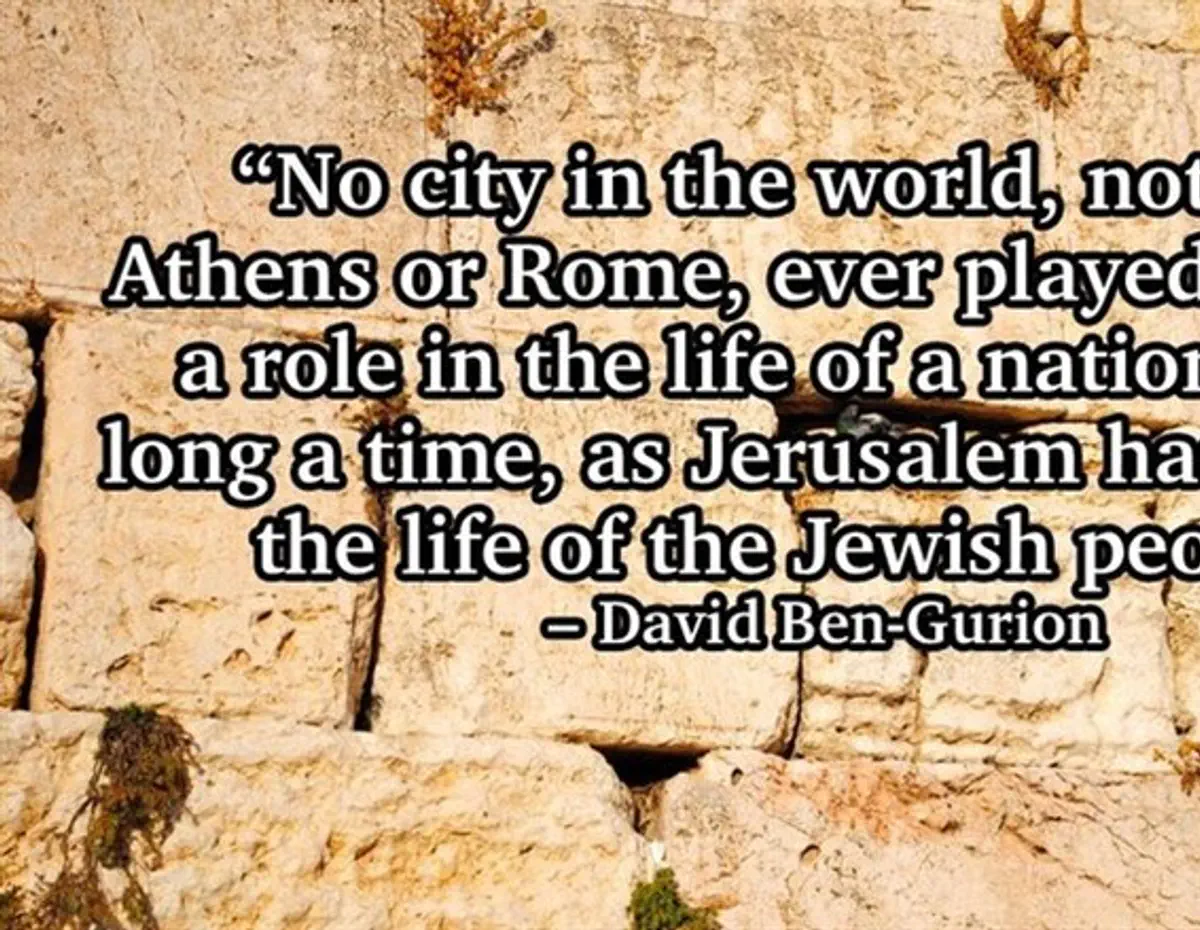Sixties Fan
Diamond Member
- Mar 6, 2017
- 54,989
- 10,545
- 2,140
- Thread starter
- #2,301

PA is allowing residents to cause environmental, archaeological damage
I appeal to the American people: Your tax dollars that are being funneled to the Palestinian Authority are not helping the Arab population under its rule.


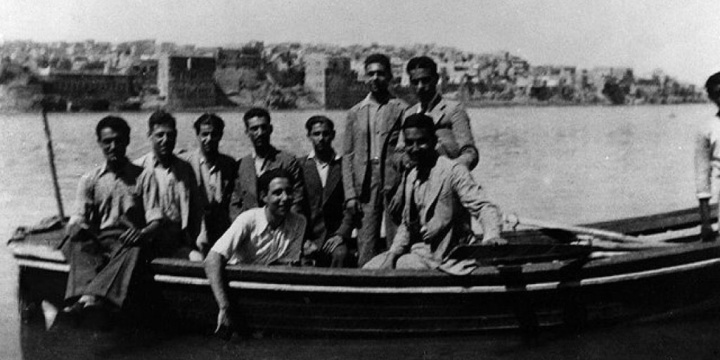
.jpg)
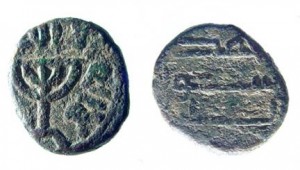






.jpg)
